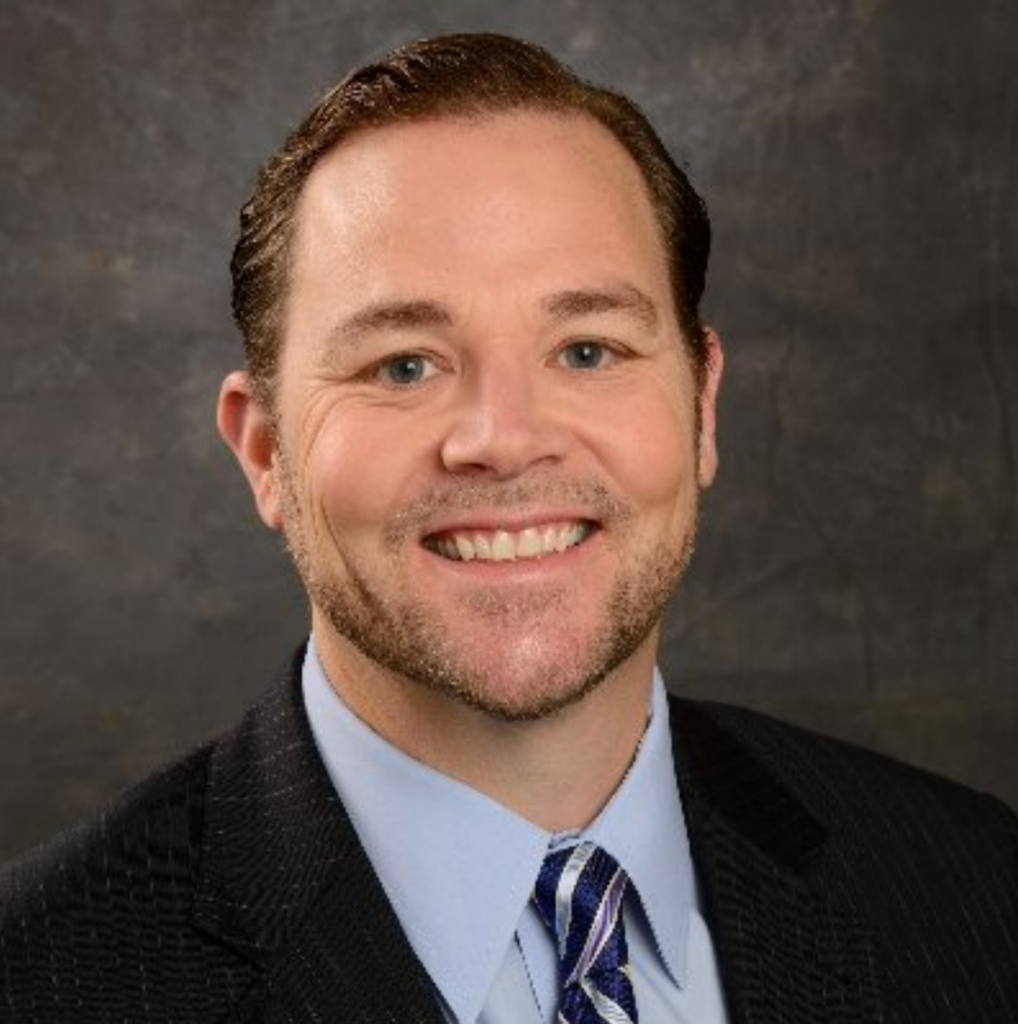
Andrew Fenton, MD | Vice President, IEPC
Napa Valley Emergency Medical Group
I recall in medical school receiving a financial lecture about student loans. I attended George Washington University, which was, and is, one of the most expensive medical schools. Though I realized I would be taking on a significant amount of loans and debt, I also believed that my eventual physician salary would allow me to pay off my loans and not too long after residency. How scary could any federal program with the name “Sallie Mae” be anyways?
Twenty-five years have passed, yet I still was saddled with over six figures of medical school tuition debt. Life unfolds and after residency, I married, bought a house, and started a family. Paying off low-interest student loans became less of a priority as mortgage payments, house remodels, tuitions, and retirement investments took precedence.
I was resigned to the realization that medical school debt payments would be a part of my adult life and follow me near the entirety of my career. That is when I read about changes to the Public Service Loan Forgiveness (PSLF) program that offered a glimmer of hope.
The U.S. Department of Education changed the PSLF program about one year ago, which allowed California physicians to participate in the program. Previously, the physician had to be an employee of a non-profit entity that provided public service. Because of California’s prohibition on physician employment by hospitals, we were therefore ineligible. The Department changed the definitions so that members of the hospital’s medical staff and those who contract with the hospital to provide medical services would now be eligible.
To quality, physicians would need to receive confirmation of their status by the hospital, will have worked full-time for 10 years, would need to have made 10 years of monthly payments (at least 120), and be current on their payments. The application was fairly straight forward, but I was required to consolidate my loans within a new “direct government” loan. Here is what I learned from the process.
The process starts at the website: https://studentaid.gov/pslf. From there, I created a log-in and was able to find my hospital, and its Employer Identification Number (available online) and confirm they were eligible as a non-profit hospital. I completed the application and (this is important) inserted my hospital as my “Employer.” Do not insert your ED group or your personal corporation in this section. I then had to obtain the signature of my hospital’s medical staf office director who confirmed my full-time status as a member of the medical staff for >10 years and submitted my application.
The website worked surprisingly efficiently and was able to identify my outstanding previously consolidated Stafford loan and a loan I took out to cover costs between medical school and residency. I was then required to consolidate my loans into new loans directly through the Department of Education. This was all done online, was fairly simple, and resulted in the exact same low interest rate. This new loan was approved quickly, and I waited, hoping and praying that my previous decades of loan payments would be considered “qualifying patments.”
A couple months passed, but I recently received that cherished letter that stated, “Congratulations! You have successfully met the requirements of the Public Service Loan Forgiveness (PSFL) program and all of your loans have been forgiven. Thank you for your public service!
The PSFL program application deadline was recently extended, but the program may not be around forever, and I encourage all my colleagues who are eligible to apply. Good luck!
